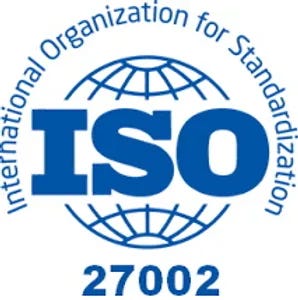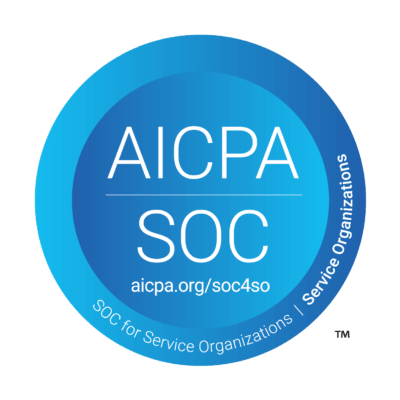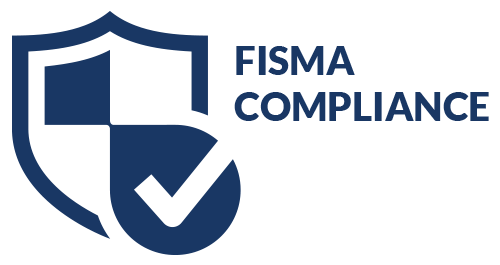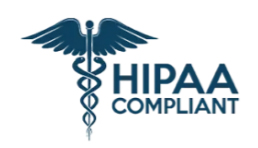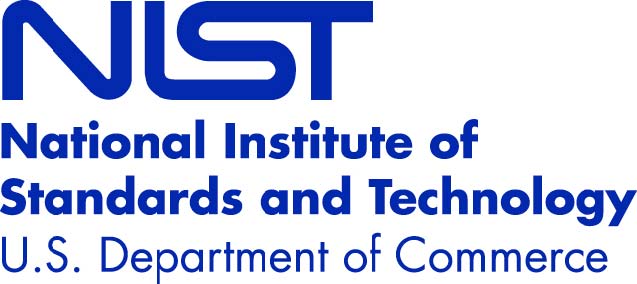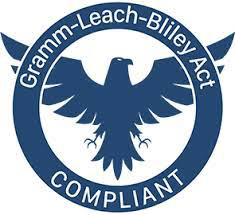Debt substantiation is at the core of the CFPB’s new Advisory Opinion. It requires collectors to verify the accuracy of medical debts by reviewing various records, including payment histories, patient agreements, and documentation related to charity care. Debt substantiation means that before any collection activity starts, every aspect of the debt must be accurately documented and validated.
Debt substantiation is not just about regulatory compliance—it’s about ensuring the integrity of the debt collection process and building trust with consumers. Substantiating a debt shows that the collector respects the consumer’s rights and is committed to fair and transparent practices.
Here are the steps involved in effective debt substantiation:
- Verification of Original Documentation: This includes obtaining signed patient agreements, which detail the services rendered, payment obligations, and terms agreed upon by both parties. Without this documentation, collectors risk pursuing debts that are improperly substantiated. Collectors need to ensure that agreements are complete and clearly outline the financial responsibilities of the patient, including any consent forms signed by the patient.
- Reviewing Payment Records: Collectors must verify the payment history for each account, ensuring that all payments made by the patient or third parties have been properly applied and documented. This involves coordinating with healthcare providers to ensure that all available records are accurate and up to date. Collectors must also confirm that any discrepancies in payment application are resolved before beginning collection activities.
- Financial Assistance and Charity Care Policies: If the patient qualified for charity care or financial assistance, collectors must ensure compliance with these policies and verify that the correct balance is being pursued. Collectors must ensure that all discounts or assistance programs have been appropriately applied. This step is particularly critical in medical debt collection, where financial assistance programs may vary significantly based on state laws and healthcare provider policies. By ensuring these policies are properly applied, collectors can avoid pursuing incorrect balances that could harm consumers.
- Leveraging Technology: TSI employs AI-driven technology to streamline the documentation review process, enabling our teams to efficiently validate debts while maintaining accuracy. This technology helps identify inconsistencies in records, flagging potential issues before they lead to compliance violations. Our platform integrates directly with healthcare provider systems to access and validate documentation in real-time, which speeds up the substantiation process and minimizes errors.
By thoroughly validating each debt before initiating collection, TSI ensures that our clients are not only compliant but also viewed as trustworthy partners by consumers. Our proactive approach to substantiation helps reduce the risk of disputes and creates a more transparent collection process. This not only protects our clients but also contributes to a better overall consumer experience, which can enhance our clients’ reputations and increase consumer willingness to resolve debts.
Conclusion
The upcoming CFPB regulatory changes are significant, and preparedness is key. Through this blog series, we aim to educate our clients and prospects about the importance of debt validation and how to navigate these changes smoothly. TSI is committed to staying at the forefront of compliance and helping you adapt, reduce administrative burdens, and continue generating revenue while protecting your reputation.
If you’re seeking a partner with the expertise, tools, and support to meet the new CFPB regulations, TSI is ready to assist. Reach out to learn more about how we can help you achieve compliance and enhance your collection processes. You can contact me at 863-698-9769 or justine.mathews@tsico.com.
